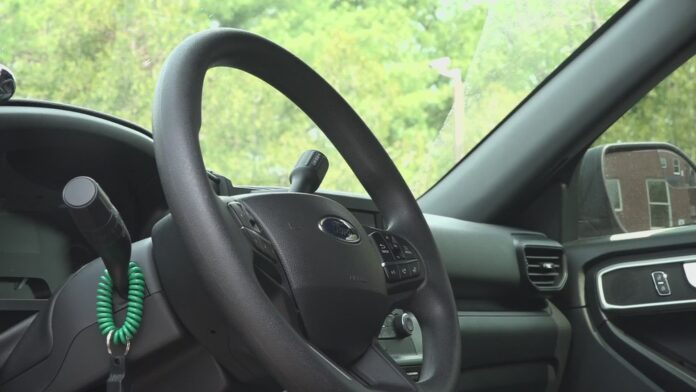With the forecast for another day of temperatures in the 90’s across the Commonwealth, and the return of the stifling humidity, AAA is reminding parents and caregivers of the even higher, dangerous temperatures inside vehicles and the deadly risk that can pose to children.
The sobering statistics:
-
According to NoHeatStroke.org, 951 children have died nationwide due to Pediatric Vehicular Heatstroke (PVH) since 1998.
-
There were 33 PVH deaths nationwide in 2022, and 11 have occurred so far this year.
-
Heatstroke is the leading cause of non-crash, vehicle-related deaths for children under the age of 14, with an average of 38 fatalities per year nationwide since 1998.
-
In Virginia, 30 children have died in a hot vehicle since 1998.
“We know that, historically, one of the greatest contributing factors to children being forgotten in cars is a change in routine. With schools out for summer, disruptions are common in work routines and childcare routines that many have become accustomed to,” said Morgan Dean, AAA Mid-Atlantic spokesperson for Virginia. “It is critical that parents and caregivers be aware of the increased risk. 100% of heatstroke deaths of children in cars are preventable.”
Temperatures inside a closed vehicle can be 50 or more degrees higher than the outside temperature, and maximum temperatures can exceed 180 degrees Fahrenheit. In the first 30 minutes after a vehicle is closed, 80% of total heat increase occurs. “Even on a day that may not seem particularly hot, it can get extremely hot inside a vehicle – and deadly – in just a matter of minutes,” added Dean.
Reasons Behind the Tragedies:
According to investigations of pediatric vehicular heatstroke deaths, a few key circumstances account for most of the tragedies:
-
53% of child hot car deaths were caused by adults forgetting the children (Nearly half were not dropped off at childcare).
-
26% of victims gained access and were playing in an unattended vehicle.
-
20% of the fatalities, the child was knowingly left in the vehicle.
 AAA Urges Drivers to:
AAA Urges Drivers to:-
Never leave a child unattended in a vehicle – not even for a minute.
-
If you see a child unattended in a hot vehicle, call 9-1-1.
-
Be sure that all occupants leave the vehicle when unloading. Don’t overlook sleeping babies.
-
Always lock your car and ensure children do not have access to keys or remote entry devices.
-
Teach children that vehicles are never to be used as a play area.
-
Teach that if they can’t get out of the rear doors, to try the front doors; and that failing to honk the horn to get the attention of others.
-
If a child is missing, always check the pool first (if there is one), and then the car, including the trunk.
-
Keep a stuffed animal in the child car seat, and when the child is put in the seat, place the animal in the front with the driver. Or place your purse, briefcase or cell phone in the back seat as a reminder that you have your child in the car.
-
Make “look before you lock” a routine whenever you get out of the car.
-
Have a plan that your childcare provider will call you if your child does not show up as scheduled.
In an effort to remind drivers that a child may be in the backseat and to avoid deaths, some newer vehicles come equipped with a rear seat passenger alert system. By model year 2025, nearly all U.S. vehicles will have this important safety feature.
Rear passenger reminders can be as simple as a prompt on a car’s infotainment screen reminding the driver to check the back seat before they leave their vehicle. Or, they can be as complex as ultrasonic sensors that detect movement inside a car after the driver turns it off. It may flash the car lights or sound the horn in response.

